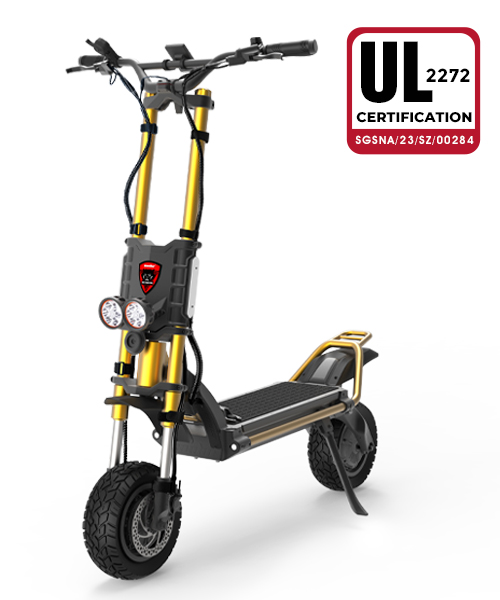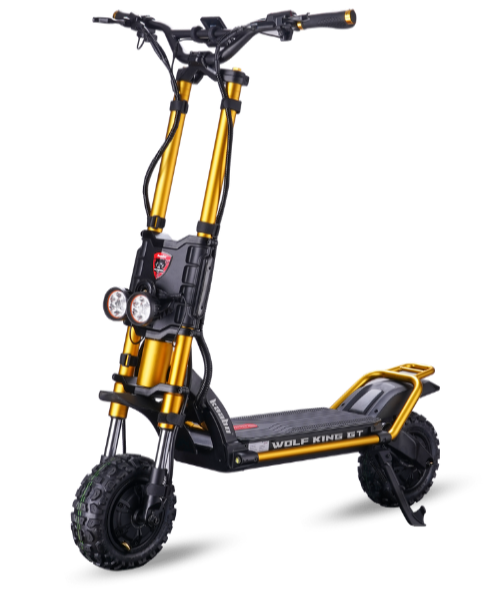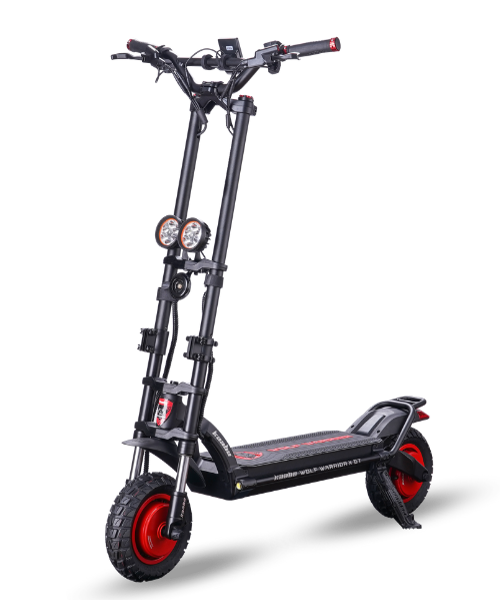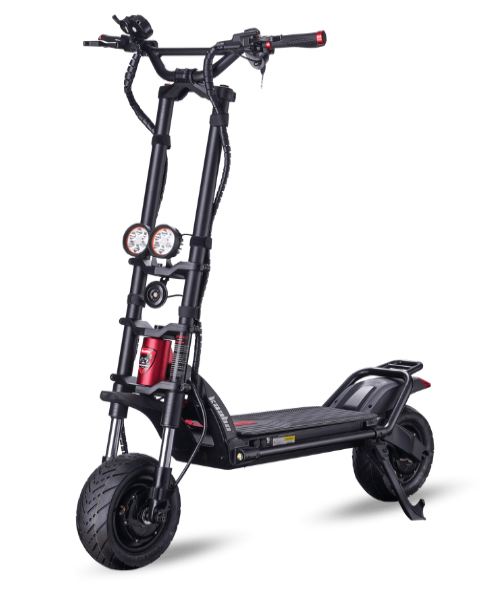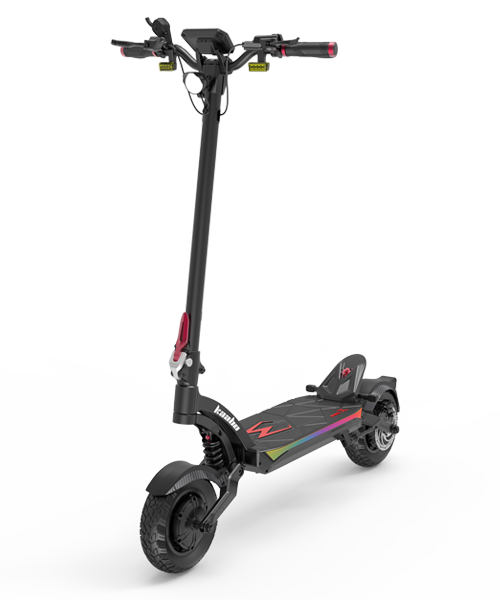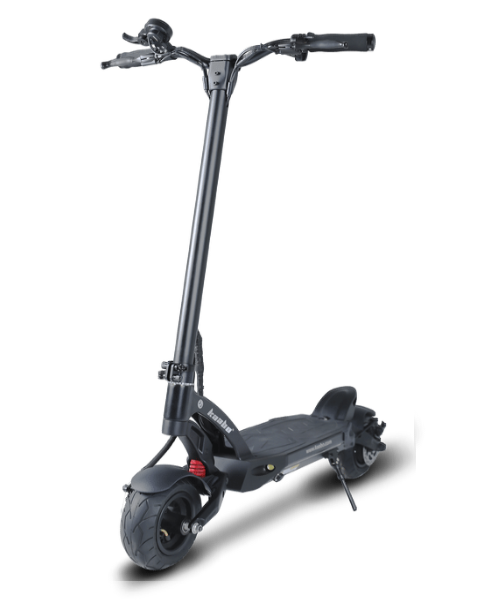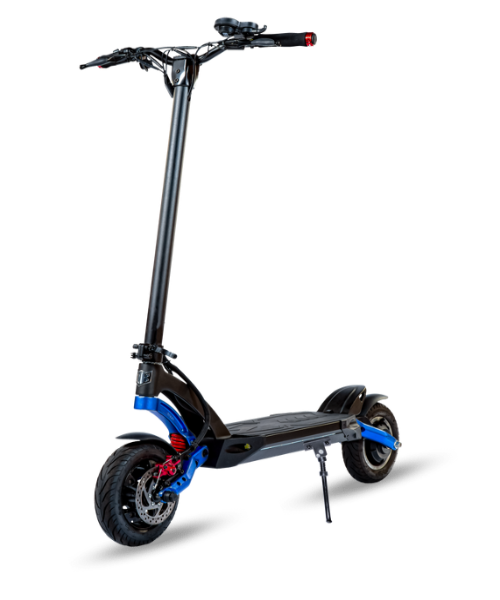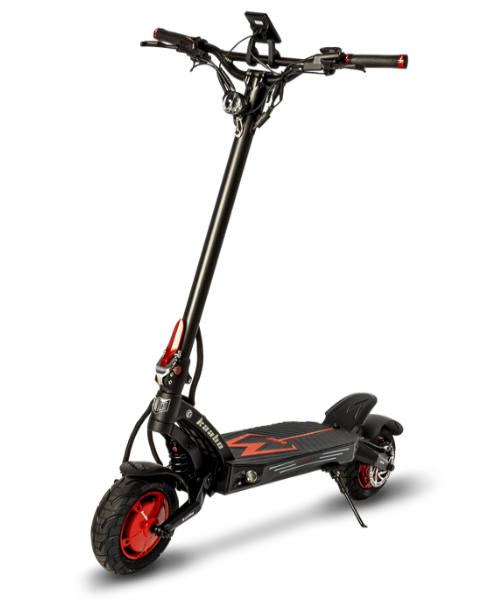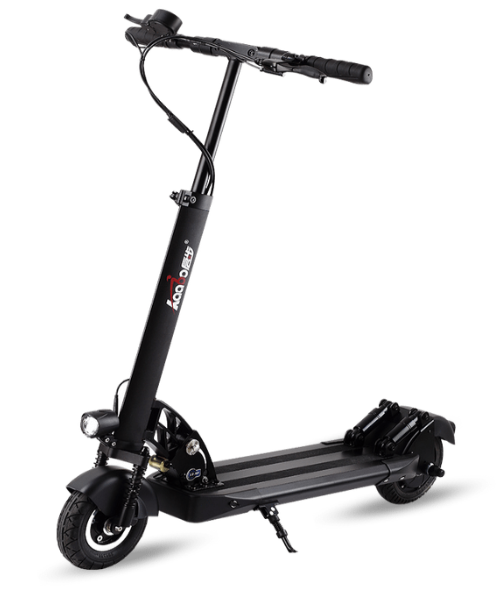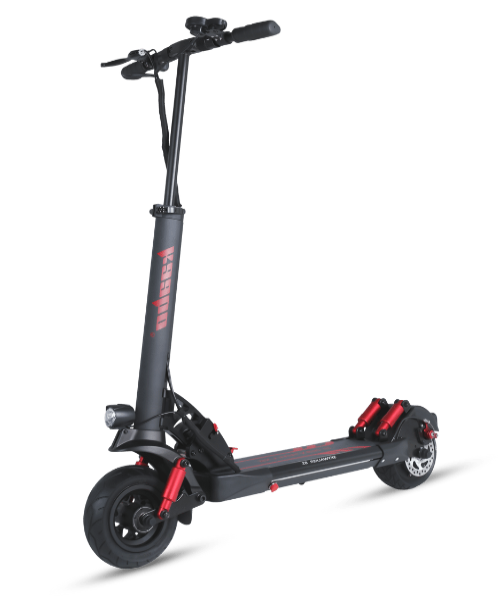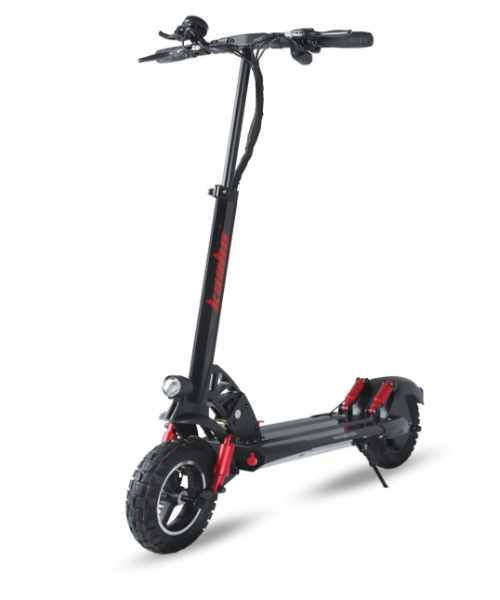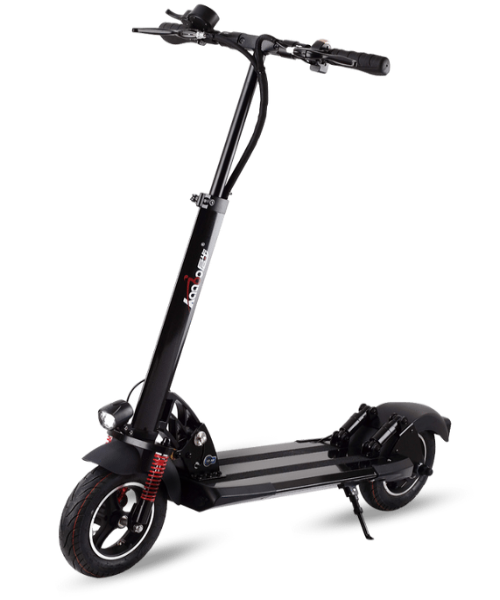
When it comes to personal transportation, the choice between an e-scooter and bike can be a tough one. Both have their unique advantages and disadvantages, catering to different needs and preferences. In this article, we’ll delve into a comprehensive comparison of e-scooters and bikes, covering aspects like cost, convenience, environmental impact, and much more. By the end of this read, you’ll have a clearer understanding of which option suits your lifestyle best.
Introduction
In recent years, the rise of micro-mobility solutions has changed the way we commute. E-scooters and bikes have emerged as popular choices for short-distance travel, offering eco-friendly alternatives to cars. But with so many factors to consider, how do you choose between the two? Let’s break it down.
Cost Analysis
Initial Purchase Price
E-Scooters: Generally, e-scooters are priced between $300 to $1,500, depending on the brand, model, and features. High-end models with advanced features can cost significantly more. For example, the Kaabo Mantis King GT and the Kaabo Mantis 8 are excellent choices with robust features and reliable performance.
Bikes: Traditional bikes can range from $200 to $1,000. However, specialized bikes like road bikes or mountain bikes can cost upwards of $2,000. E-bikes, which are electric versions of traditional bikes, typically start around $1,000 and can go up to $5,000 or more.
Maintenance Costs
E-Scooters: Maintenance for e-scooters can be relatively low, mostly involving battery replacement, tire changes, and occasional repairs. Battery replacements can be pricey, ranging from $100 to $300.
Bikes: Bikes generally require regular maintenance, including chain lubrication, tire changes, brake adjustments, and occasional tune-ups. Annual maintenance costs can range from $50 to $200.
Operational Costs
E-Scooters: Charging an e-scooter is quite economical. Depending on the battery size, the cost to fully charge an e-scooter can be as low as a few cents to a dollar.
Bikes: Traditional bikes have no operational costs other than maintenance. E-bikes, however, have similar charging costs to e-scooters.
Convenience
Portability
E-Scooters: One of the biggest advantages of e-scooters is their portability. Many models are foldable, making them easy to carry and store in small spaces, such as under desks or in closets. The Kaabo Mantis 8 is a great example of a foldable electric scooter perfect for urban commutes.
Bikes: Bikes, especially traditional ones, can be bulky and challenging to store, particularly in small apartments. Folding bikes offer a more compact option but can be expensive.
Speed and Range
E-Scooters: E-scooters generally offer speeds of 15-20 mph, with high-end models like the Kaabo Mantis King GT reaching up to 30 mph. Their range varies widely, from 10 to 40 miles on a single charge, depending on the battery capacity and riding conditions.
Bikes: Traditional bikes’ speed depends on the rider’s effort, typically ranging from 10 to 20 mph. E-bikes can reach speeds of up to 28 mph, with ranges between 20 to 50 miles per charge.
Riding Experience
E-Scooters: E-scooters offer a more relaxed ride, requiring less physical effort. They’re perfect for short commutes in urban areas but might not be suitable for rough terrains.
Bikes: Bikes provide a more engaging and physically demanding ride. They can handle various terrains, including rough and off-road conditions, making them versatile for different riding experiences.
Environmental Impact
Carbon Footprint
E-Scooters: E-scooters have a lower carbon footprint compared to cars, but their environmental impact varies depending on the energy source used for charging. Using renewable energy sources significantly reduces their carbon footprint.
Bikes: Traditional bikes have an almost negligible carbon footprint. E-bikes have a higher footprint due to battery production and electricity usage but are still more eco-friendly than cars.
Lifecycle and Disposal
E-Scooters: The lifecycle of an e-scooter is generally shorter than that of a bike, often lasting 2-3 years. Battery disposal and recycling are crucial to minimize environmental impact.
Bikes: Bikes can last many years with proper maintenance. However, components like tires and chains require regular replacement. E-bikes face similar disposal challenges with their batteries.
Health Benefits
Physical Activity
E-Scooters: Riding an e-scooter involves minimal physical activity, making it less beneficial for fitness. However, it can be a great option for those with physical limitations or those who prefer a less strenuous commute.
Bikes: Cycling is an excellent form of exercise, offering cardiovascular benefits, muscle strengthening, and improved mental health. It’s a great way to integrate physical activity into your daily routine.
Safety Considerations
Risk of Accidents
E-Scooters: E-scooters can be riskier due to their smaller wheels and higher speeds. They’re more susceptible to road hazards like potholes and uneven surfaces. Wearing protective gear is essential.
Bikes: Bikes are generally safer, especially on designated bike lanes. However, cyclists must remain vigilant about traffic and road conditions. Helmets and reflective gear are highly recommended.
Legal Regulations
E-Scooters: Regulations for e-scooters vary widely by location. Some areas require helmets, while others have speed limits and restrictions on where e-scooters can be ridden.
Bikes: Bike regulations are more standardized, often requiring helmets for certain age groups and mandating lights and reflectors for nighttime riding. Bike lanes are commonly available in many cities.
Practicality for Commuting
Urban Commutes
E-Scooters: Ideal for short urban commutes, e-scooters can easily navigate through traffic and are convenient for last-mile transportation. Their portability makes them perfect for combining with public transit. The Kaabo Mantis 8 is designed for city commutes, offering a long range and dual motors for a smooth ride.
Bikes: Bikes are also excellent for urban commutes, offering a more flexible range and the ability to handle varying road conditions. However, storage can be a challenge in urban settings.
Long-Distance Travel
E-Scooters: While e-scooters are generally not designed for long-distance travel, high-end models with extended range capabilities can handle longer commutes. Charging infrastructure might be a limitation.
Bikes: Bikes, especially e-bikes, are well-suited for longer distances. They provide the flexibility to travel at a steady pace without frequent stops for recharging.
Cost-Effectiveness
Short-Term vs Long-Term
E-Scooters: For short-term, quick commutes, e-scooters can be cost-effective due to low operational costs. However, frequent usage might lead to higher long-term costs, especially with battery replacements.
Bikes: Bikes are more cost-effective in the long run, especially for regular riders. With minimal operational costs and durable components, they offer excellent value over time.
User Demographics
Age and Physical Condition
E-Scooters: Suitable for a wide range of ages, e-scooters are particularly appealing to young adults and urban dwellers. They’re also a good option for those with physical limitations who find biking challenging.
Bikes: Bikes cater to all age groups, from children to seniors. They’re an excellent option for those seeking an active lifestyle and can be adapted for various physical conditions with the right model.
Environmental Considerations
Emission Reduction
E-Scooters: E-scooters contribute to emission reduction by providing a green alternative to cars. Their effectiveness is maximized when charged with renewable energy sources.
Bikes: Traditional bikes are emission-free, making them the most environmentally friendly option. E-bikes also contribute to reducing emissions, albeit to a lesser extent compared to traditional bikes.
Urban Impact
E-Scooters: E-scooters can help reduce urban congestion and pollution. However, improper parking and clutter can be an issue in densely populated areas.
Bikes: Bikes positively impact urban environments by reducing traffic congestion and noise pollution. Dedicated bike lanes and parking facilities enhance their practicality.
FAQs
Q: Are e-scooters faster than bikes?
A: E-scooters can be faster than traditional bikes, reaching speeds of up to 30 mph, whereas bikes typically range between 10 to 20 mph. However, e-bikes can also achieve high speeds comparable to e-scooters.
Q: Which is more cost-effective in the long run, an e-scooter or a bike?
A: Bikes, especially traditional ones, are generally more cost-effective in the long run due to lower maintenance and operational costs. E-scooters might incur higher long-term costs, particularly with battery replacements.
Q: Are e-scooters environmentally friendly?
A: Yes, e-scooters are environmentally friendly, particularly when charged with renewable energy. They produce fewer emissions compared to cars, though their environmental impact is higher than traditional bikes.
Q: Can e-scooters handle rough terrains?
A: Most e-scooters are designed for urban use and may struggle with rough terrains. However, some high-end models like the Kaabo Mantis King GT are equipped to handle varied terrains more effectively.
Summary
Choosing between an e-scooter and a bike ultimately depends on your needs, lifestyle, and commuting habits. E-scooters, such as the Kaabo Mantis King GT and Kaabo Mantis 8, offer convenience, and portability, and are great for short urban commutes. On the other hand, bikes provide excellent exercise, flexibility for different terrains, and long-term cost-effectiveness. Both options contribute positively to reducing environmental impact compared to traditional cars. Assess your priorities and choose the option that best aligns with your daily routine and ecological goals.








































































